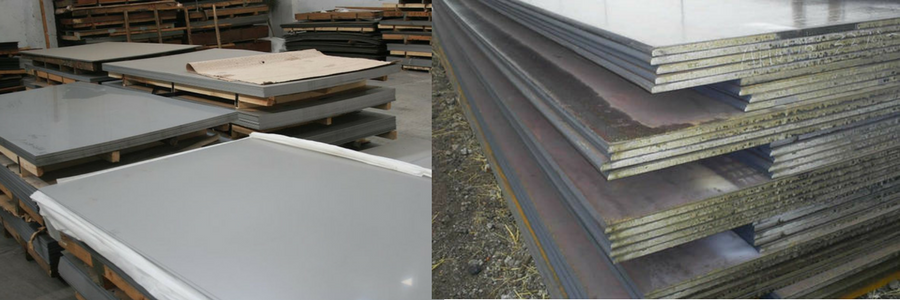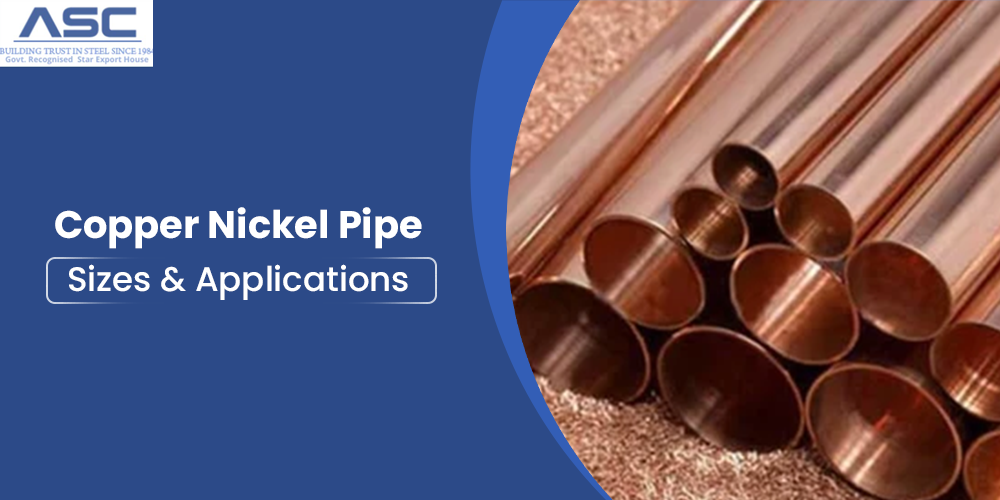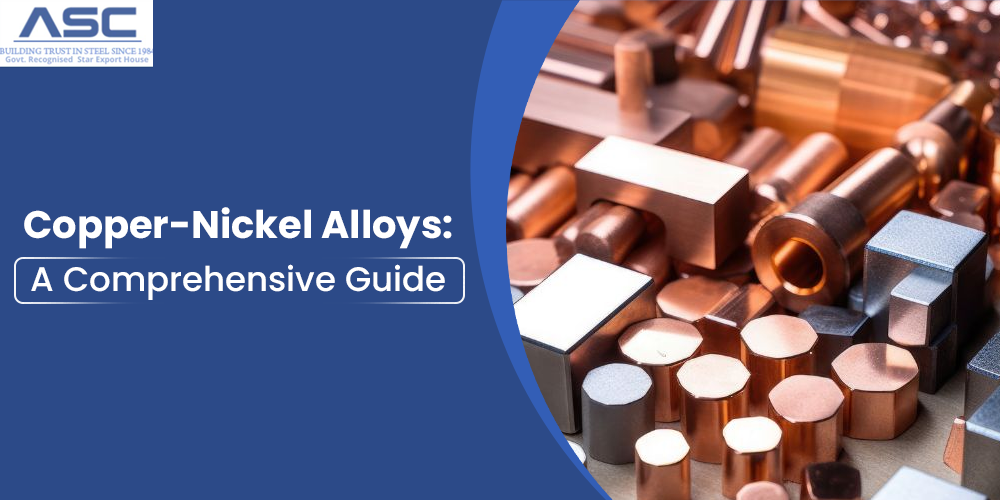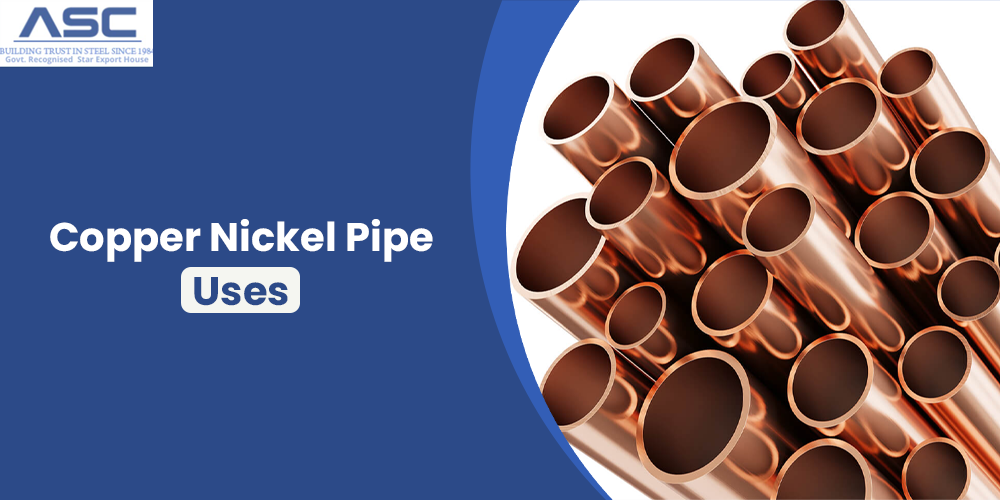Grade 904l Stainless State Plate Vs Grade 304l Stainless Steel Plate
Posted on April 14, 2017 at 8:12 PM

To start a deeper and analytical look into the differences between the two plate, we must start by looking into the composition of the two plates.
The chemical formula for a 904L plate is 1.0-2.0% Cu, Fe, <0.02% C, 19-23% Cr, 23-28% Ni, 4-5% Mo, <2.0% Mn, <0.035% S, <1.0% Si, <0.045% P.
A grade 904L stainless steel is an austenitic stainless non-stabilized steel with very low carbon content. The alloy is stainless steel added with copper to improve its resistance against strong reducing acids like the sulphuric acid.
The steel is also resistant to stress corrosion cracking and crevice corrosion and is also non-magnetic. It offers excellent toughness, formability and weldability.
Grade 904L Stainless Steel contains high amounts of expensive metals, such as nickel and molybdenum.
| Grade | Carbon | Manganese | Silicon | Phosphorus | Sulfur | Chromium | Molybdenum | Nickel | Copper |
|---|---|---|---|---|---|---|---|---|---|
| 904L min. | - | - | - | - | - | 19 | 4 | 23 | 1 |
| 904L max. | 0.02 | 2 | 1 | 0.045 | 0.035 | 23 | 5 | 28 | 2 |
Source: Composition ranges of grade 904L stainless steels
A 304L stainless steel is a lower carbon variant of Grade 304 steel, and it can be welded without the issue of carbon precipitation.
As a result, 304L stainless steel is a sought after stainless steel material for use in extremely corrosive conditions. Weld annealing is necessary in applications where stress loads are excessive.
The chemical formula for a 304L plate is The chemical formula for a 904L plate is 4-5% Mo, <2.0% Mn, <0.035% 1.0-2.0% Cu, Fe, <0.02% C, 19-23% Cr, 23-28% Ni, S, <1.0% Si, <0.045% P.
| Grade | Carbon | Manganese | Silicon | Phosphorus | Sulfur | Chromium | Molybdenum | Nickel | Copper |
|---|---|---|---|---|---|---|---|---|---|
| 304 min. | - | - | - | - | - | 18 | - | 8 | - |
| 304L max. | 0.030 | 2 | 0.75 | 0.045 | 0.030 | 20 | - | 12 | 0.10 |
Corrosion
Grade 904L stainless steels has excellent resistance to seawater and also against chloride attack. High resistance of grade 904L against stress corrosion is because of the presence of high amounts of nickel in its composition. The addition of copper to these grades develops resistance to sulphuric acid and other reducing agents.
While 304L is excellent in a wide range of extreme atmospheric environments and many corrosive media. Against pitting and crevice corrosion in warm chloride environments, and also to stress corrosion cracking above about 60°C.
Welding
304l has excellent weldability by all standard methods. Heavily welded sections in Grade 304 for maximum corrosion resistance may require post-weld annealing. This is not required for Grade 304L.
Grade 904L stainless steels also have excellent weldability which can be performed using all conventional methods. This steel does not require pre-heat and post-weld heat treatments.
Applications
The 904L is used in
- Oil refinery components
- Pulp and paper processing industries
- Gas scrubbing plants
- Wiring in electrostatic precipitators
- Acetic, phosphoric and sulphuric acid processing plants
- Seawater cooling devices
While 304L is used in
- Heat Exchangers
- Woven or welded screens for mining, quarrying & water filtration
- Kitchen benches, sinks, troughs, equipment and appliances
- Architectural panelling, railings & trim
- Chemical containers, including for transport
- Threaded fasteners
- Food processing equipment, particularly in beer brewing, milk processing & wine making.
- Springs


